Art is not just about creating something beautiful; it’s a form of expression, exploration, and development, especially for young minds. Kindergarten is a crucial time for fostering creativity, imagination, and fine motor skills through art projects. Engaging in art activities at this age not only sparks early creativity but also lays the foundation for various cognitive and emotional skills. Here are 10 kindergarten art projects to spark early creativity. But before that let us know how and why art impacts the development of executive functions in children.
Why is Art Important?
Art plays a vital role in the cognitive, emotional, and social development of children, impacting various areas of brain development. Numerous studies have highlighted the profound effects of art on the growing brain. For instance, a study published in the journal “Frontiers in Psychology” found that engaging in art activities stimulates neural connections in the brain, particularly in regions associated with creativity, problem-solving, and emotional regulation (Diamond & Lee, 2011).
Additionally, research by the National Endowment for the Arts suggests that participation in arts education enhances children’s cognitive abilities, including critical thinking, spatial reasoning, and attention span (Catterall et al., 2012).
Moreover, creating art promotes the release of neurotransmitters such as dopamine and serotonin, which are linked to feelings of joy, satisfaction, and well-being (Kaimal et al., 2016). Overall, these findings underscore the importance of integrating art into early childhood education to support healthy brain development and nurture the holistic growth of children.
Explore these 10 kindergarten art projects that are carefully curated to inspire and nurture the budding artists in your preschoolers.
1. Finger Painting Fun:
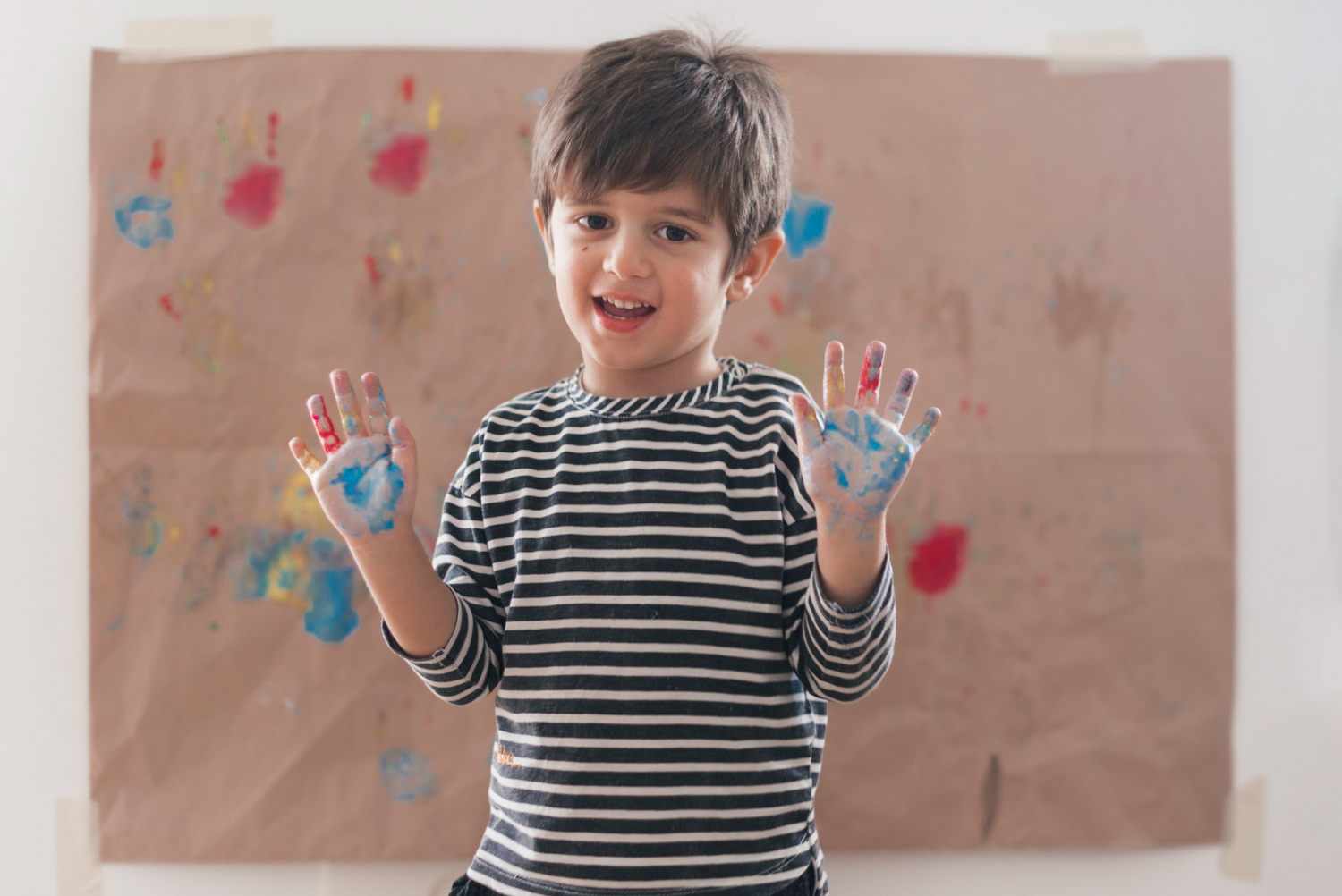
Let your little ones dive into a world of colors with finger painting. Provide them with non-toxic, washable paints and large sheets of paper. Encourage them to explore different textures, swirls, and patterns using their fingers. This sensory-rich activity stimulates their imagination and fine motor skills.
2. Collage Creations:
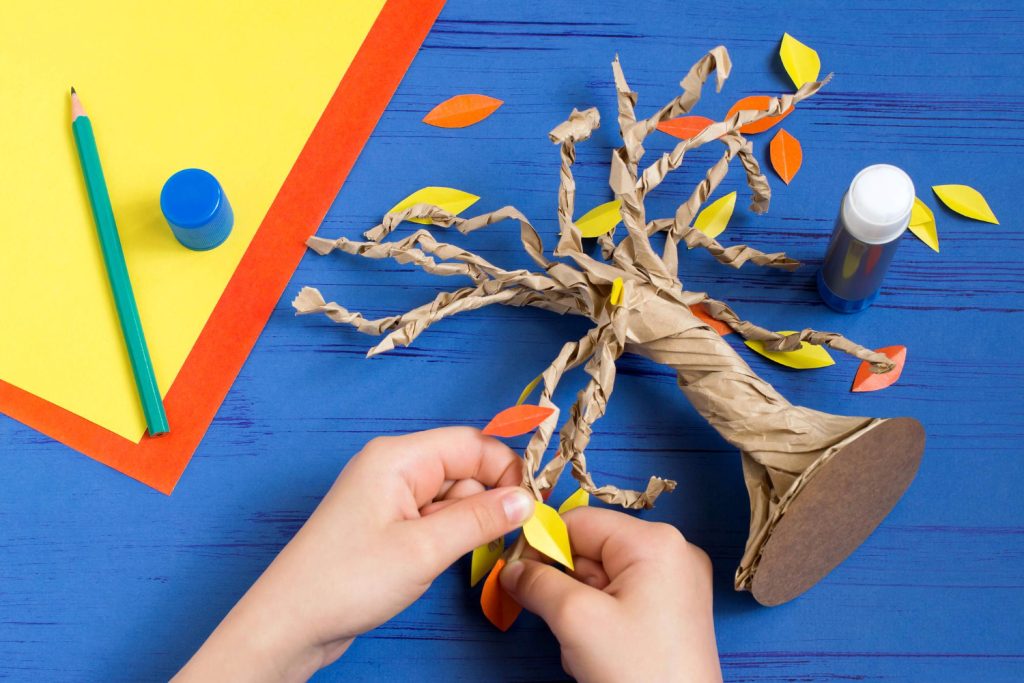
Collect a variety of materials like colored paper, fabric scraps, buttons, and feathers. Guide children to create collages by gluing these materials onto a base paper. Collage projects encourage creativity, decision-making, and spatial awareness as kids experiment with arranging and layering different elements. Here is a detailed post on “Easy Craft Activities for Preschoolers“.
3. Nature Printmaking:
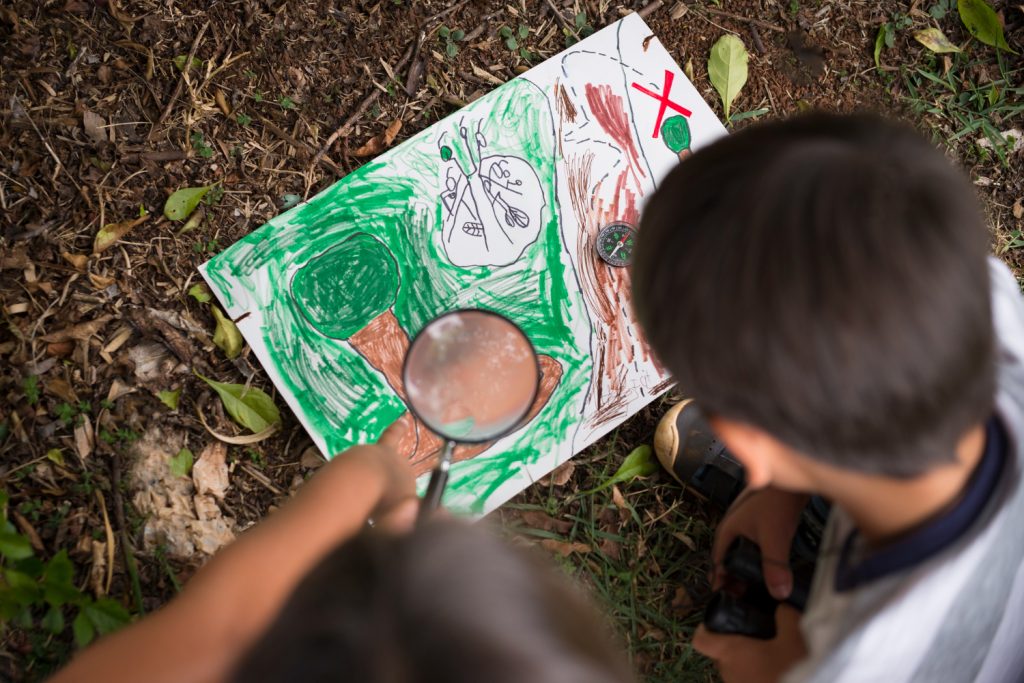
Move your art set up outdoors for a nature-inspired printmaking session. Gather leaves, flowers, and other natural objects. Let children dip them in washable paint and press them onto paper to create beautiful prints. This activity not only connects children with nature but also introduces them to basic printmaking techniques.
4. Shape Stamping:
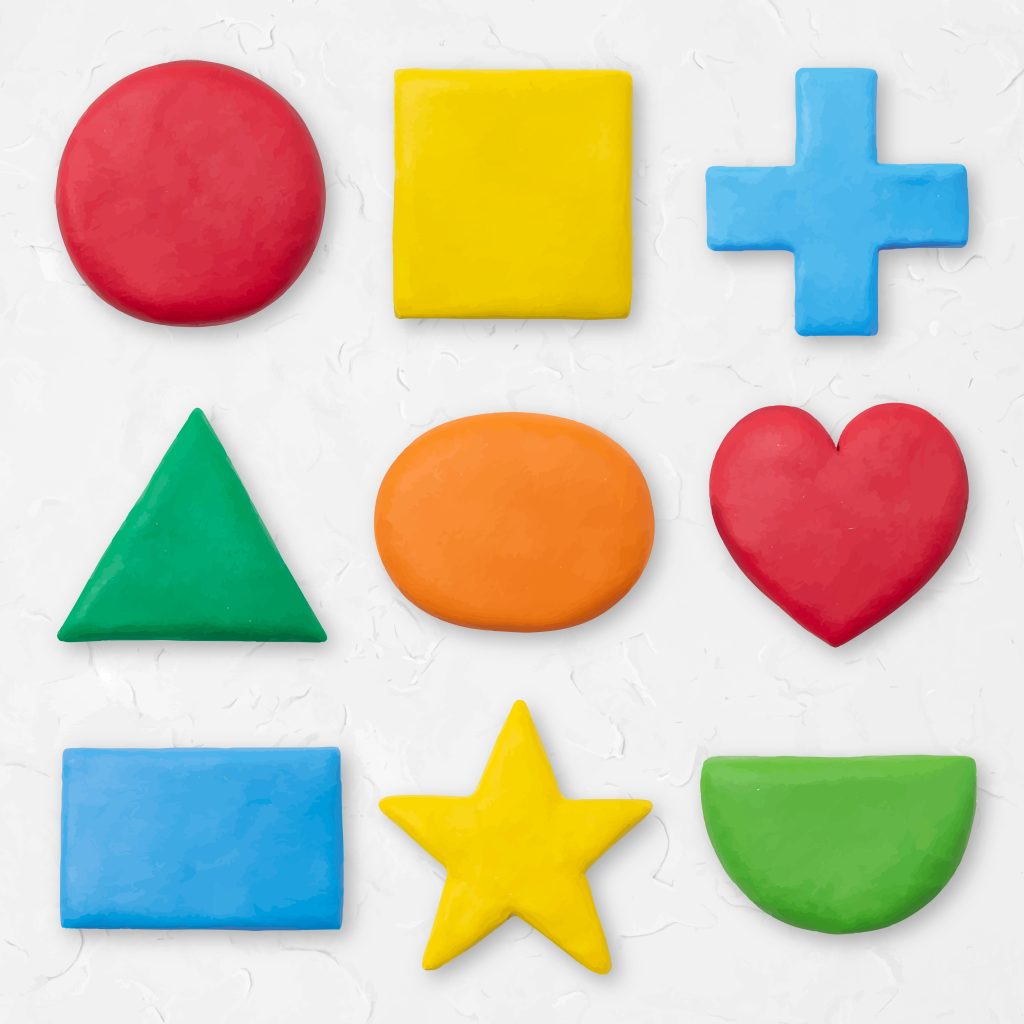
Cut out various shapes like circles, triangles, and squares from sponges or potatoes. Dip these shapes into paint and let children stamp them onto paper to create their own unique patterns and designs. Shape stamping helps in recognizing shapes, understanding symmetry, and refining motor skills.
5. Playdough Sculptures:
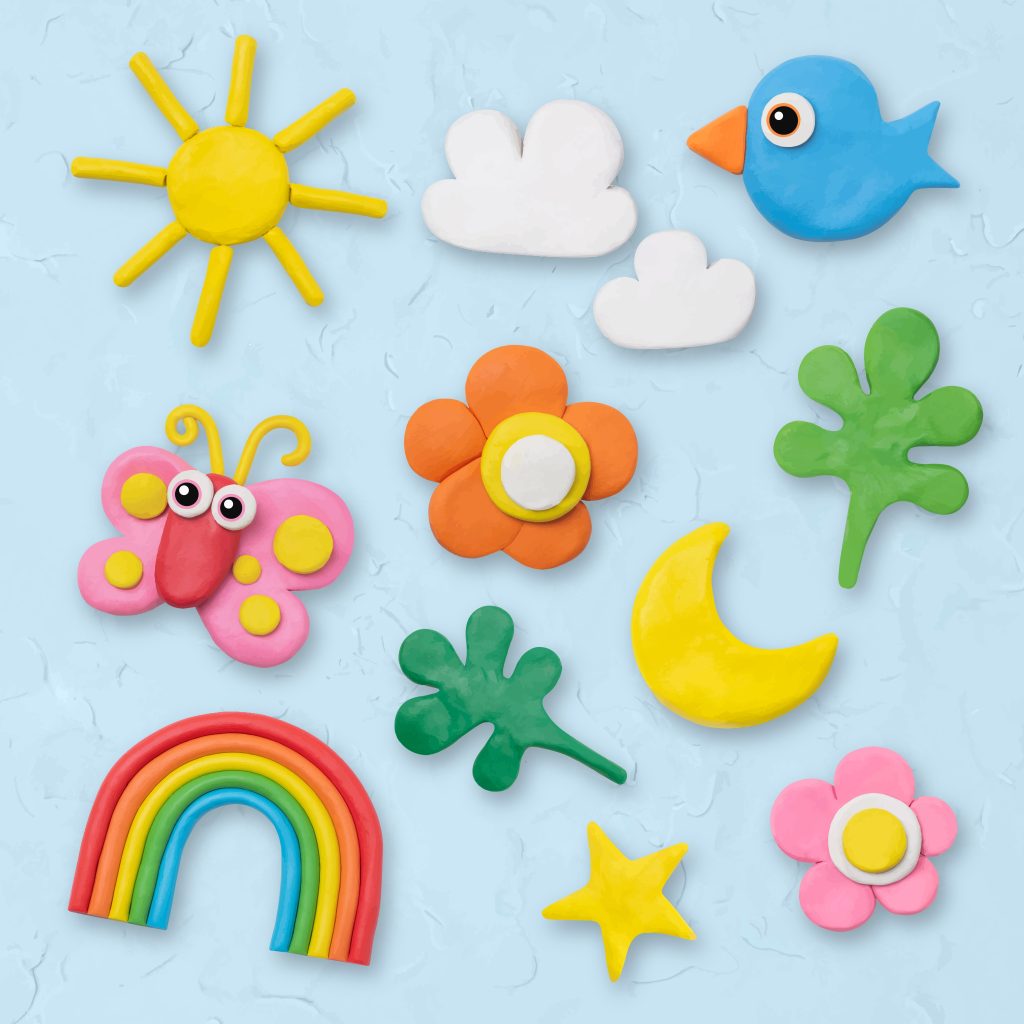
Set up a playdough station with different colors of playdough and various sculpting tools. Encourage children to mold, pinch, and shape the playdough to create their own sculptures. This hands-on activity enhances fine motor skills, hand-eye coordination, and encourages imaginative play.
6. Straw Blowing Art:
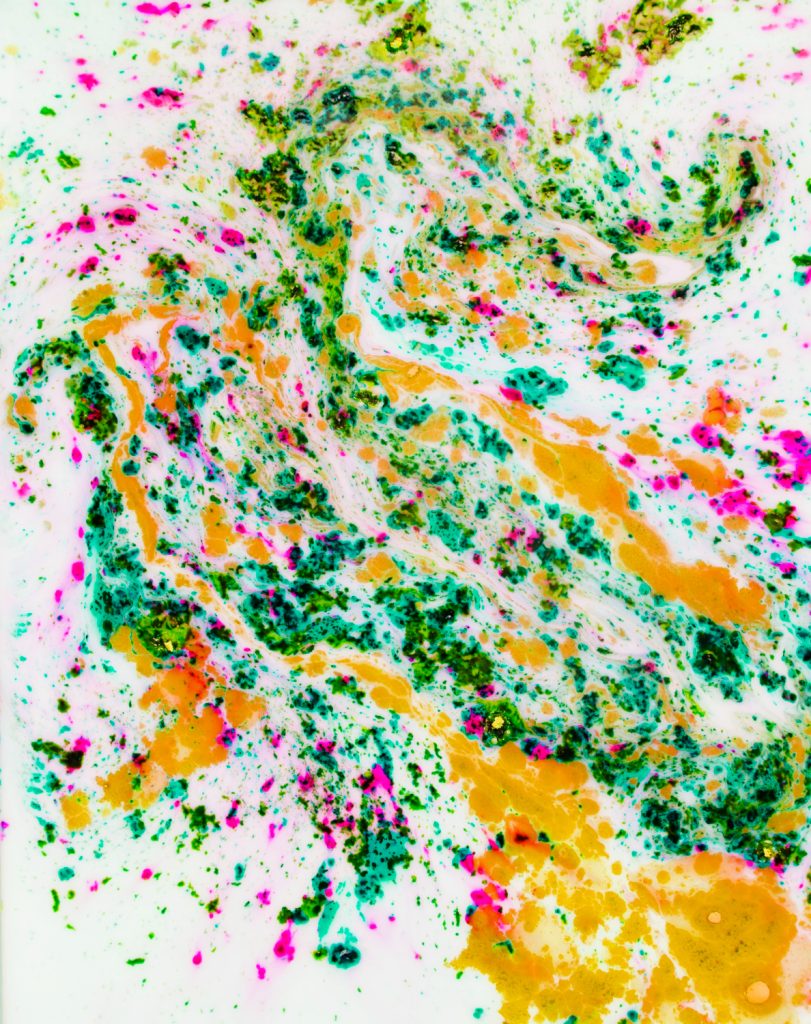
Pour liquid watercolors or diluted paint onto paper. Provide children with straws and demonstrate how to blow the paint across the paper to create abstract designs. This fun and messy activity not only promotes creativity but also teaches cause and effect and breath control.
7. Bubble Wrap Painting:
Dip bubble wrap into paint and place it onto paper, then press gently to create textured patterns. Children will enjoy exploring the different effects they can achieve by using different colors and amounts of paint. Bubble wrap painting stimulates sensory exploration and encourages experimentation.
8. Sponge Painting:

Cut natural sponges into various shapes and sizes. Dip them into paint and let children stamp them onto paper to create colorful patterns and textures. Sponge painting is a mess-free alternative to traditional painting and allows for easy cleanup while still promoting creativity and fine motor skills.
9. Recycled Art:
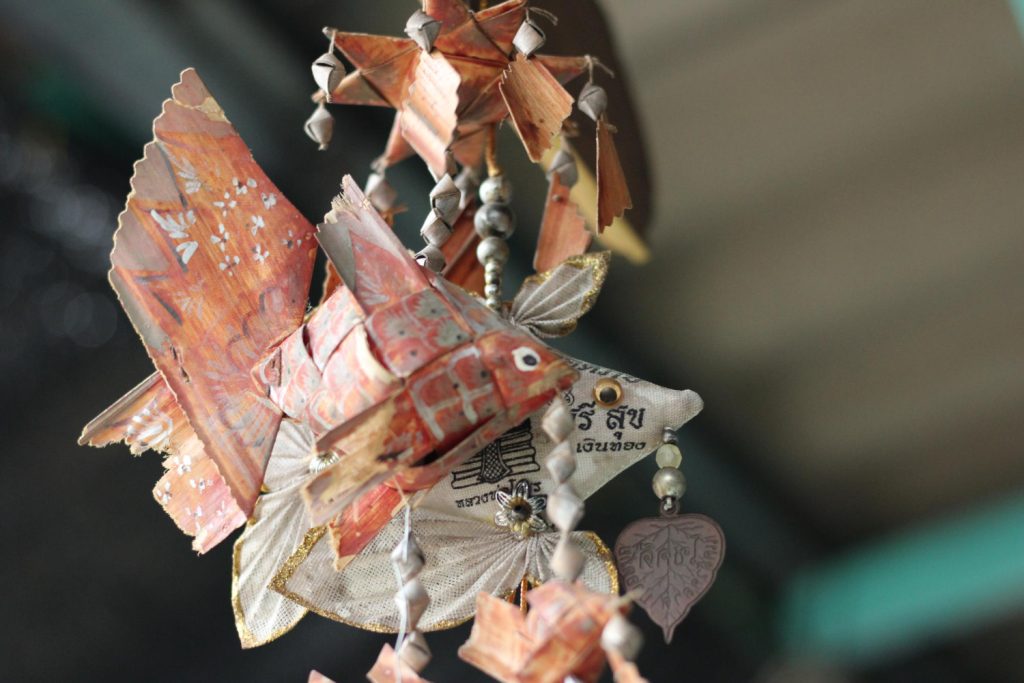
Encourage eco-consciousness by providing a variety of recycled materials like cardboard tubes, egg cartons, and bottle caps. Challenge children to use these materials to create unique artworks such as robots, animals, or vehicles. This activity fosters creativity, resourcefulness, and environmental awareness.
10. Storybook Illustrations:
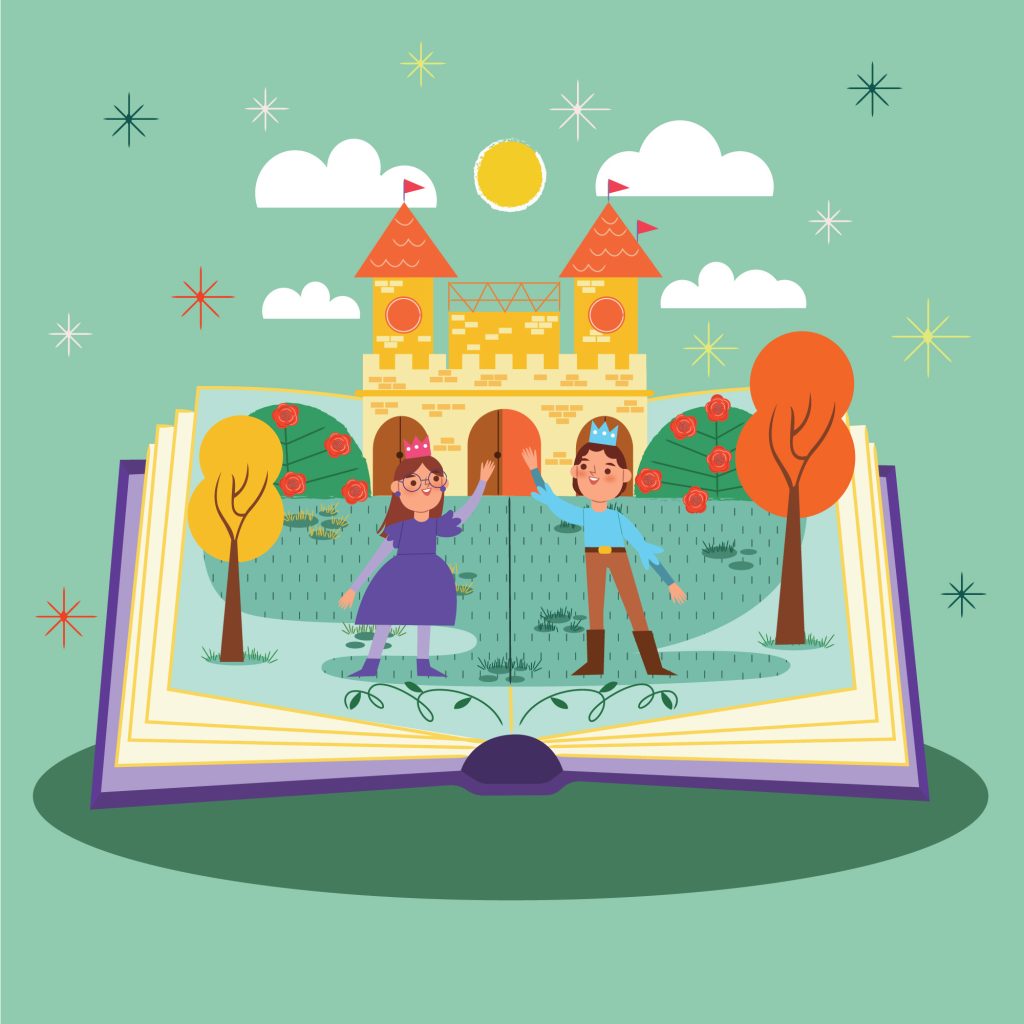
Choose a favorite storybook and invite children to create their own illustrations inspired by the characters and events in the story. Provide them with paper, crayons, markers, and other art supplies, and encourage them to bring the story to life through their drawings. Storybook illustrations promote literacy skills, imagination, and artistic expression.
Incorporating these art projects into the kindergarten curriculum or as fun activities at home not only enhances creativity but also fosters holistic development in young children. Through these hands-on activities, children explore, experiment, and express themselves, laying a solid foundation for a lifelong love of art and learning. Let’s empower our preschoolers to unleash their creativity and imagination through the wonderful world of art!











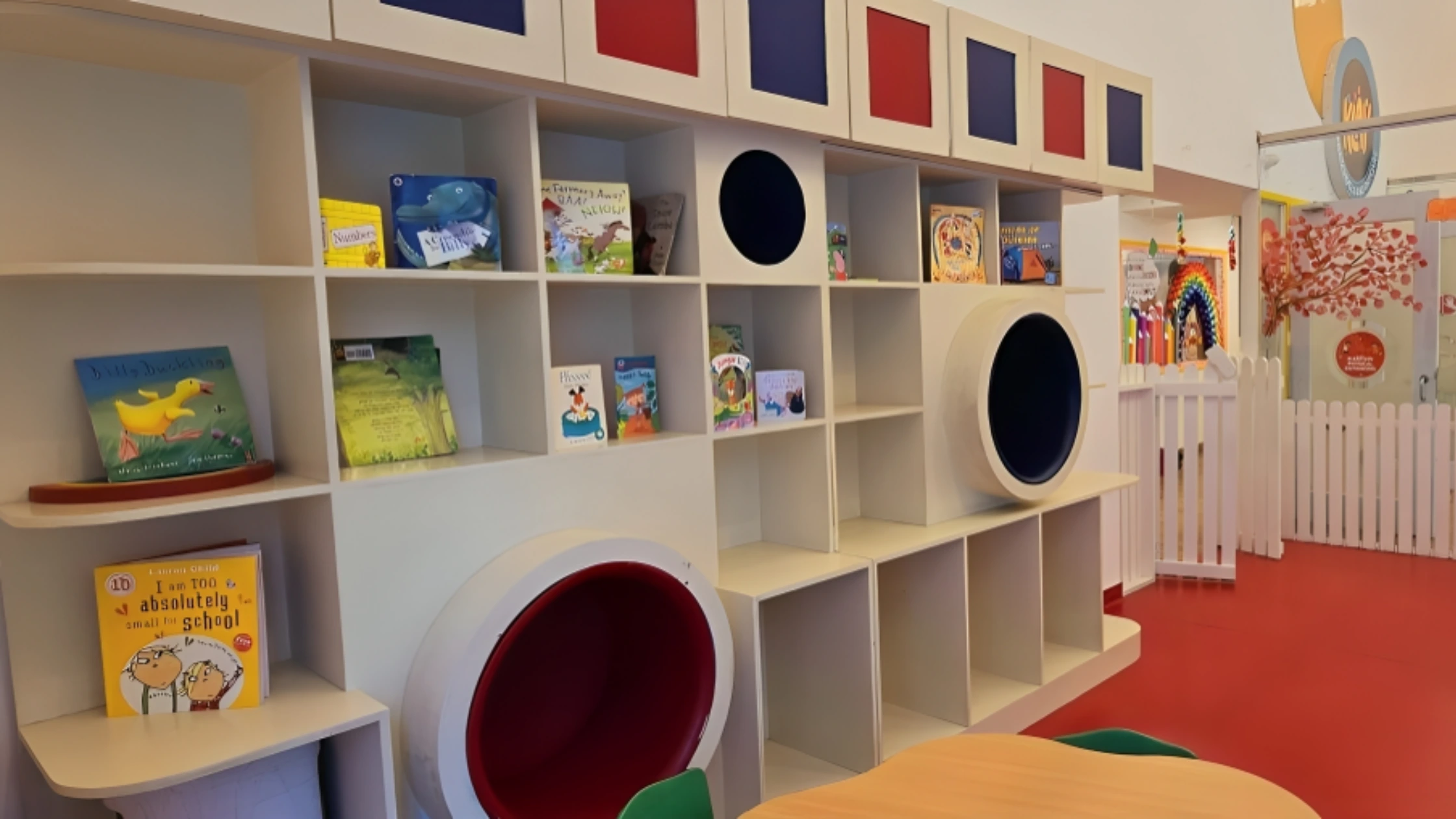



292 Comments
Subscribe to our newsletter
[contact-form-7 id="12706" title="Newsletter Form for post page"]Our Related Blogs
Yoga Benefits, Activities, and Poses for Preschoolers
For preschoolers, yoga isn’t about perfection but about giggles and benefits. So, are you curious how a simple stretch can support a child’s focus, flexibility, and emotional well-being? Let’s roll...
Year-End Reflection and Goal Setting for Children
Parenting is a journey filled with the brightest moments and valuable lessons, both for us and our children. As the year draws to a close, it’s the perfect time to...
Why Residents of Malibu Town, Gurgaon Choose KLAY for Their Little Ones?
Choosing the right preschool or daycare is one of the biggest decisions for any parent, especially in a community as close-knit and discerning as Malibu Town, Gurgaon. Over the years,...